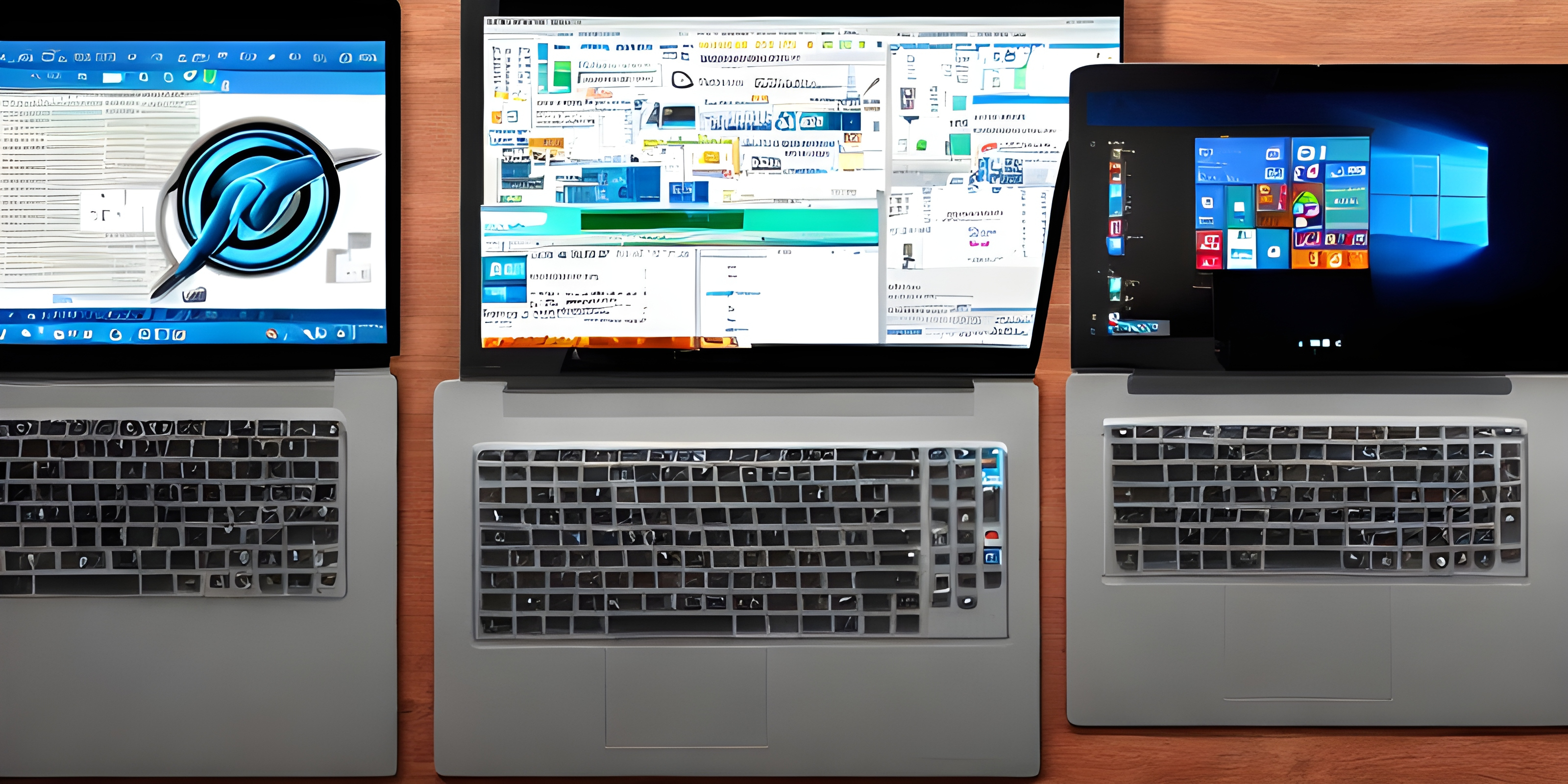
In this section, we will delve into the world of operating systems, their security features, and how they can be leveraged in the realm of cybersecurity. We will cover popular operating systems such as Kali Linux, Windows, and Mac, among others
Kali Linux
Kali Linux is a Debian-based Linux distribution aimed at advanced Penetration Testing and Security Auditing. It contains several hundred tools targeted towards various information security tasks, such as Penetration Testing, Security Research, Computer Forensics, and Reverse Engineering.
- Security Tools: Kali Linux is packed with security tools like Wireshark, Nmap, Metasploit framework, and more, which can help in network analysis and security testing.
- Customizability: Kali Linux is highly customizable. You can change everything from the desktop environment to the level of security, making it a flexible platform for cybersecurity.
- Community Support: Kali Linux has a vast and active online community. This means you can find a wealth of tutorials, guides, and resources that can help you navigate and utilize the system.
Windows
Windows is one of the most widely used operating systems in the world. Its popularity makes it a common target for cyberattacks, which also makes it a crucial platform to understand from a cybersecurity perspective.
- Built-in Security Features: Windows comes with several built-in security features such as Windows Defender, firewall, and more. Understanding these features can help in securing a Windows system effectively.
- Regular Updates: Microsoft regularly releases security updates and patches to fix any vulnerabilities, making it essential to keep the system updated for optimal security.
- PowerShell: PowerShell is a powerful scripting language and shell framework used for task automation and configuration management. It's a valuable tool for cybersecurity professionals for scripting and managing administrative tasks.
Mac
Mac OS is known for its robust security features. However, its increasing popularity has led to it becoming a more common target for cyber threats.
- Gatekeeper: This is a security feature that enforces code signing and verifies downloaded applications before allowing them to run, thereby preventing malware from running on the machine.
- FileVault: FileVault is a disk encryption program available in Mac OS X 10.3 and later. It uses XTS-AES-128 encryption with a 256-bit key to help prevent unauthorized access to information on the startup disk.
- Regular Updates: Similar to Windows, Apple regularly releases security updates and patches for its operating system, which are crucial to maintaining system security.
Security Measures Used by Operating Systems
Operating systems have various security measures in place to protect against cyber threats. Here are some of the common security measures:
- User Authentication: This is the first line of defense in operating system security. It involves validating user credentials before granting system access.
- File System Protection: Operating systems protect files by implementing permissions and rights for file access. This ensures that only authorized users can access specific files.
- Firewalls: Firewalls monitor and control incoming and outgoing network traffic based on predetermined security rules, providing a barrier between a trusted and an untrusted network.
- Intrusion Detection Systems (IDS): IDS are designed to detect malicious activities on the network and system. They play a crucial role in identifying and mitigating cyber threats.
- Regular Updates and Patches: Regularly updating the operating system and applying patches is a critical security measure. Updates often include security patches for vulnerabilities that could be exploited by hackers.
Understanding these security measures can help you better protect your systems and data. In the following sections, we will explore these measures in more detail, providing you with a comprehensive understanding of operating system security. Here are some great external resources for hardening operating systems in general, maxxing out their security:
Hardening Linux Servers & SystemsGuide to Hardening Windows 10
MacOS Hardening Guide